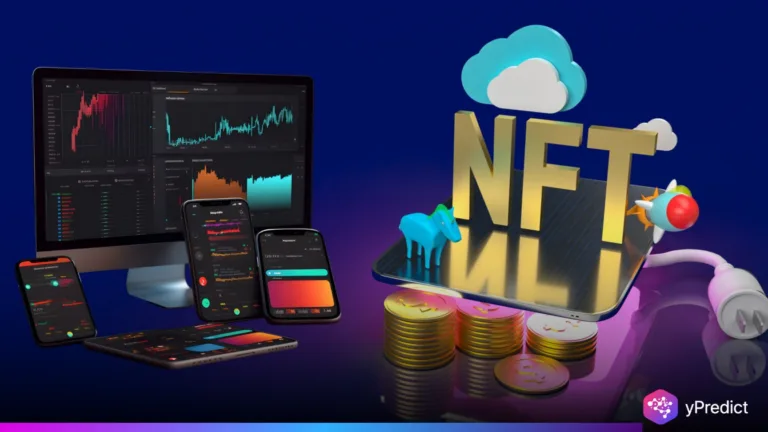
Bitcoin’s market cap has reached a record $2.36 trillion, overtaking Amazon and reinforcing a powerful Bitcoin Surge in 2025. The rally is underpinned by $387 million in daily ETF inflows, according to data from CoinGlass. Since May, institutional activity has remained robust, with an increasing preference for Bitcoin in AI-enabled trading models. Of course, this challenges the previous narrative of Bitcoin’s volatility and is indicative of its shift to a more credible financial asset.
The AI-enabled rebalancing of crypto portfolios, led by large funds, is supporting a lot of Bitcoin accumulation, so this rally is more structurally sound than past speculative episodes. With algorithms now prioritizing momentum and macro-stability signals, AI systems are flagging Bitcoin as a more stable hedge during economic uncertainty—something not seen in previous cycles.
ETF Inflows Power Institutional Momentum
A key driver behind this rally is the influx of institutional capital via ETFs. CoinGlass data confirms sustained ETF inflows of over $387 million daily, revealing how artificial intelligence is reshaping fund strategies. Since May 2025, deep learning models used by major asset managers have consistently ranked Bitcoin above gold and even tech giants based on volatility-adjusted returns.
This machine-led optimism has attracted pension funds and family offices into the crypto space. Several trading bots, trained on recession-era financial data, are also pushing Bitcoin allocations higher in risk-managed portfolios. AI isn’t just accelerating entry points—it’s creating new trading logic that favors Bitcoin’s liquidity and reduced correlation with traditional equities.
Analysts note that AI-led ETF products are helping smooth out Bitcoin’s price curve. By analyzing sentiment, liquidity, and real-time blockchain metrics, these models identify price floors and prevent panic selloffs, contributing to this phase of Crypto Resilience rarely seen before.
AI Models Predict Further Gains Toward Apple’s Valuation
At its current price of $122,000, Bitcoin is now eyeing Apple’s $3.16 trillion valuation. For this to happen, Bitcoin would need to touch $159,000, a scenario that AI pricing models suggest is increasingly probable. Forecast engines from AInvest.com have upgraded their 2025 targets based on historical cycles and momentum data.
Interestingly, AI tools have flagged this surge as part of a broader rotation out of tech equities and into decentralized assets. The current rally mirrors the 2017 boom, but machine learning algorithms argue it’s fundamentally different. Unlike past cycles driven by retail FOMO, today’s momentum is being guided by institutional frameworks coded into AI models.
Despite a CRSI score of 99.8, which typically warns of short-term overbought conditions, predictive analytics platforms suggest a mild pullback followed by continued upside. They point to Bitcoin’s low leverage ratios and increased whale accumulation as stabilizing factors. AI sentiment trackers also show minimal negative bias, signaling strong underlying support.
Crypto Resilience Anchors Bitcoin’s New Image
Bitcoin’s performance during recent economic turbulence has further enhanced its image. A 2023 study from the Journal of Financial Economics revealed that Bitcoin’s long-term holders show more stability during crises compared to traditional equities. This Crypto Resilience, amplified by AI-led behavior tracking, is now a key element in Bitcoin’s institutional appeal.
AI systems monitoring wallet activity and exchange flows confirm that large-scale holders are exhibiting less reactive behavior. This shift in market perception – measured by machine learning algorithms – has created a situation in which volatility is less damaging, and long-term upside seems more consistently viable. In the end, Bitcoin is no longer considered solely a speculative play. The Bitcoin Surge we’re seeing in 2025 isn’t just another breakout—it’s an AI-accelerated transformation into a mainstream asset class, with ETF flows and institutional logic firmly behind it.






